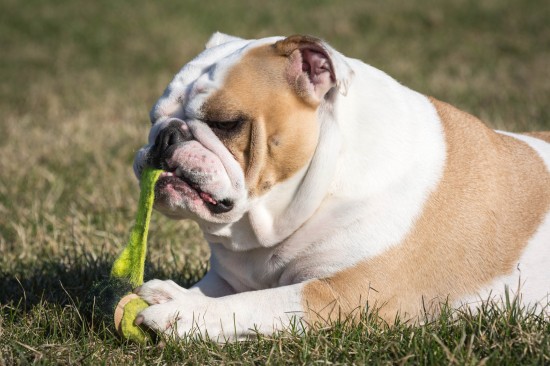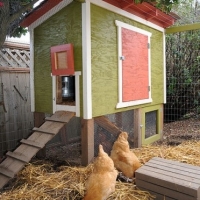Take care when introducing cattle to grain and pelleted diets as there is a risk of grain poisoning. The high starch content of most grains can cause grain poisoning. Lupin is the exception because it is low in starch.
Good security of grain stores and standing crops is essential in order to prevent accidental poisoning. If you intend to turn stock onto stubble, it may be a wise precaution to feed some grain beforehand, so that the rumen bacterial population becomes adapted to grain.
When stock are fed grain or any feed that has a high carbohydrate content, the feed must be introduced gradually so that the animal's rumen has time to adapt to the increasing levels. There should also be a minimum of 10-20% roughage in any ration.
During the introductory phase to grain feeding, animals should be closely monitored. Diarrhea is often the first sign of mild grain poisoning, and if this is seen in a number of animals, the proportion of hay in the ration should be further increased.
Some grains, for example lupins, are safer to feed than others. Similarly, it is safer to feed oats, which have a higher ratio of fibre to starch than does wheat.
When changing between different types, or even batches, of grains, and especially when changing between batches of pellets, the new feed should be introduced by 'shandying' it with the old and gradually increasing the proportion of the new feed over about 7 days.
When cattle are introduced to a high-grain diet, they should be started on a ration consisting primarily of hay, with the percentage of grain being gradually increased over 2-3 weeks.

 Is Your Salamander Overweight?
Is Your Salamande
Is Your Salamander Overweight?
Is Your Salamande
 Health Issues Common To Giant Dog Breeds
Health Issues Com
Health Issues Common To Giant Dog Breeds
Health Issues Com
 Five Of The Worst Reasons For Considering Getting A Dog
Five Of The Worst
Five Of The Worst Reasons For Considering Getting A Dog
Five Of The Worst
 Identifying An Oesophageal Blockage In The Dog
Identifying An Oe
Identifying An Oesophageal Blockage In The Dog
Identifying An Oe
 Inside Chicken Coops
The modern day green individual will always look toward
Inside Chicken Coops
The modern day green individual will always look toward